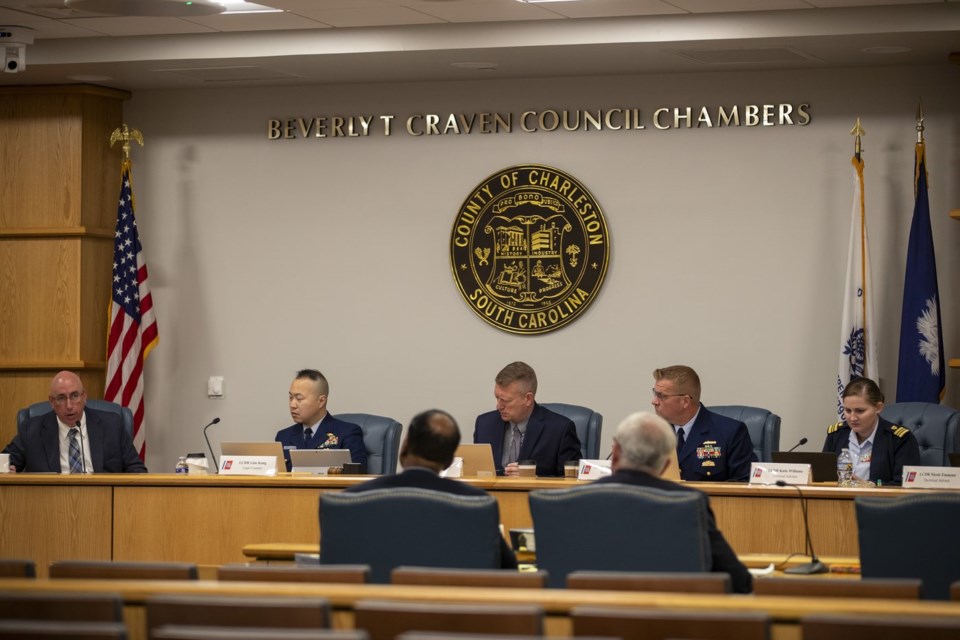The carbon fiber hull of the experimental submersible that imploded en route to the wreckage of the Titanic had imperfections dating to the manufacturing process and behaved differently after a loud bang was heard on one of the dives the year before the tragedy, an engineer with the National Transportation Safety Board said Wednesday.
Engineer Don Kramer said there were wrinkles, porosity and voids in the carbon fiber used for the pressure hull of the Titan submersible. Two different types of sensors on Titan recorded the “loud acoustic event” that earlier witnesses testified about hearing on a dive on July 15, 2022, he said.
Hull pieces recovered after the tragedy showed substantial delamination of the layers of carbon fiber, which were bonded to create the hull of the experimental submersible, he said.
OceanGate co-founder Stockton Rush was among the five people who died when the submersible imploded in June 2023.
The Coast Guard opened a public hearing earlier this month that is part of a high level investigation into the cause of the implosion. Some of the testimony has focused on the submersible's carbon fiber construction, which was unusual. Other testimony focused on the troubled nature of the company.
Coast Guard officials noted at the start of the hearing that the submersible had not been independently reviewed, as is standard practice. That and Titan’s unusual design subjected it to scrutiny in the undersea exploration community.
Earlier in the hearing, former OceanGate operations director David Lochridge said he frequently clashed with Rush and felt the company was committed only to making money.
Lochridge and other previous witnesses painted a picture of a company that was impatient to get its unconventionally designed craft into the water. The accident set off a worldwide debate about the future of private undersea exploration.
The hearing is expected to run through Friday and include several more witnesses, some of whom were closely connected to the company. Other witnesses scheduled to testify Wednesday were William Kohnen of Hydrospace Group Inc. and Bart Kemper of Kemper Engineering.
The co-founder of the company told the Coast Guard panel Monday that he hoped a silver lining of the disaster is that it will inspire a renewed interest in exploration, including the deepest waters of the world’s oceans. Businessman Guillermo Sohnlein, who helped found OceanGate with Rush, ultimately left the company before the Titan disaster.
OceanGate, based in Washington state, suspended its operations after the implosion. The company has no full-time employees currently, but has been represented by an attorney during the hearing.
During the submersible’s final dive on June 18, 2023, the crew lost contact after an exchange of texts about Titan’s depth and weight as it descended. The support ship Polar Prince then sent repeated messages asking if Titan could still see the ship on its onboard display.
One of the last messages from Titan’s crew to Polar Prince before the submersible imploded stated, “all good here,” according to a visual re-creation presented earlier in the hearing.
When the submersible was reported overdue, rescuers rushed ships, planes and other equipment to an area about 435 miles (700 kilometers) south of St. John’s, Newfoundland. Wreckage of the Titan was subsequently found on the ocean floor about 330 yards (300 meters) off the bow of the Titanic, Coast Guard officials said. No one on board survived.
Patrick Whittle And David Sharp, The Associated Press

